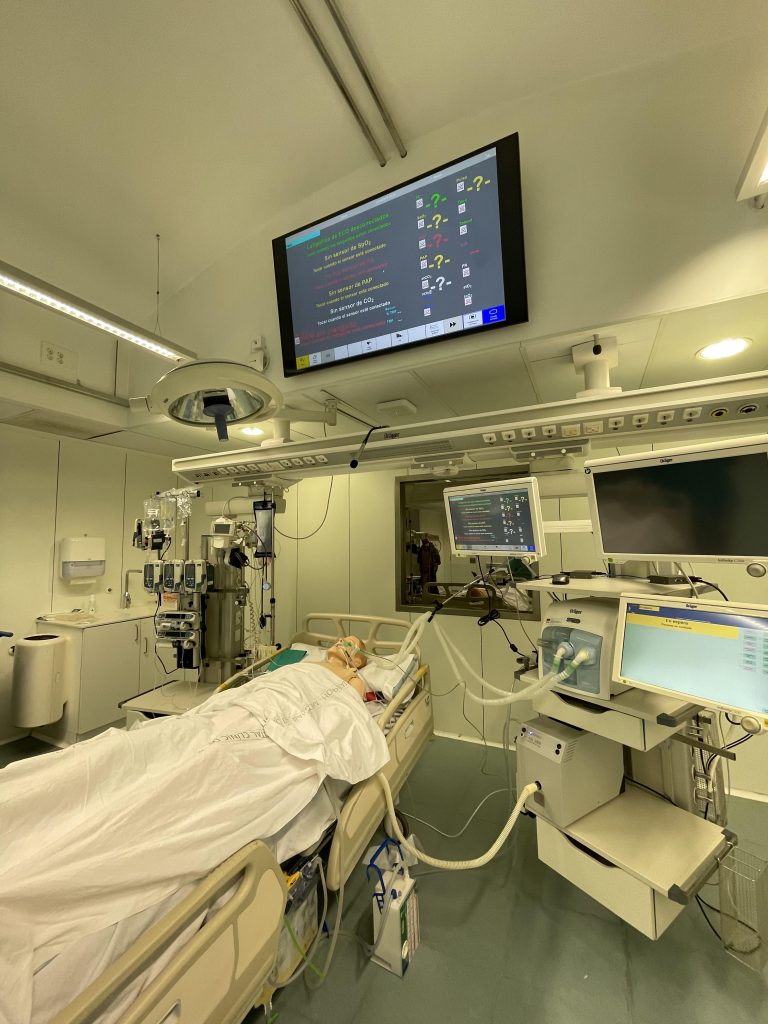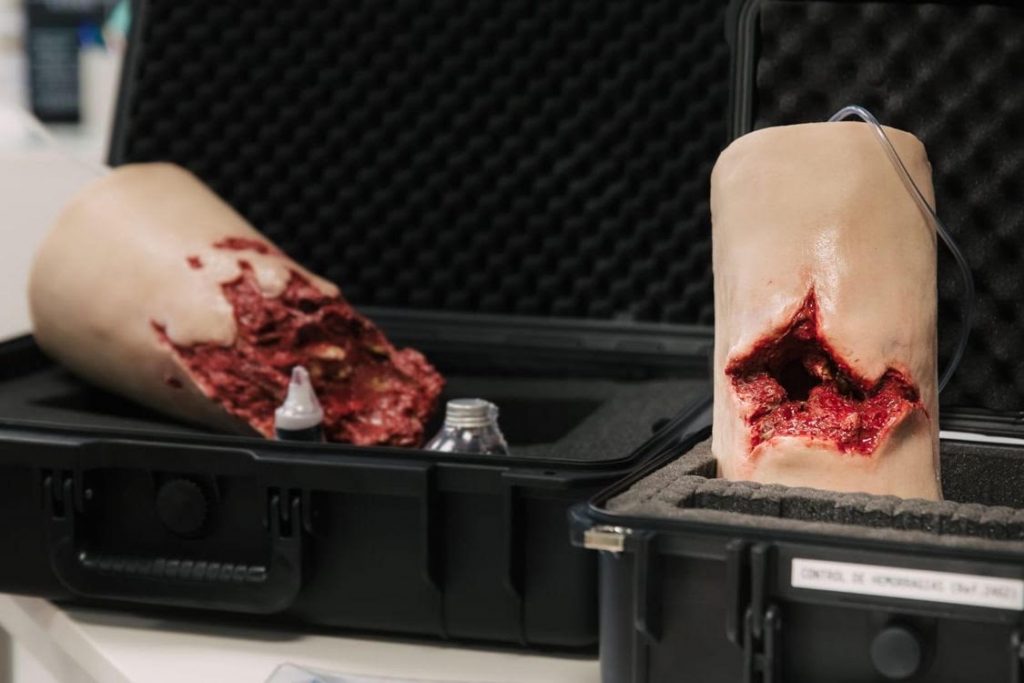Objectives, simulation zone and student experience are key points when designing a simulation scenario.
When we first start in the world of clinical simulation, we think that what we need is a high-fidelity simulator, or extremely expensive technology and a simulation lab filled with electromedicines, in order to conduct better simulations and make our students happy and prepared. However, this is seldom the case; therefore, everything will depend on the objectives that we are aiming at with our students.
Oftentimes we have the belief that running simulations means to put students in front of a dummy, introduce them to a case and go on improvising, but simulation is so much more than this. I compare clinical simulation scenarios to a theatre piece, in which it is necessary to analyze and consider every little detail on the stage. This requires many hours of previous planning, design and piloting. According to my experience, a simulation case of 10-20 minutes with 20 minutes of pre-briefing and 60 minutes of analysis or debriefing, requires a 24 hours prior work.
In this short article I would like to show that “more is better” does not always hold true in simulation, plus I would like to focus on the objectives of simulation, since these are key elements in its design. The first thing that we have to ask ourselves is: which goals do we want to achieve with our simulation scenario and what are the expected results? One way of putting it is by following the SMART methodology:
- Specific: What are we exactly going to do and why?
- Measurable: Is it quantifiable? Can we measure it?
- Attainable: Can we achieve the objective within the proposed time period and with the resources we have available?
- Realistic: Will it have an effect on the desired objective or result?
- Timely: When will the objective be achieved?
Besides the SMART methodology, we have to define whether the goals that we are going to achieve will be technical-clinical, that is, techniques, processes, skills etc. or non- technical, such as communication, leadership, analysis etc.

Another key point in the design of a simulation scenariois knowing in which simulation zone we are going to work. You will have surely heard about the SimZones proposed by Roussin in his paper Simzones: an organisational innovation for simulation programs and centers (2017). For those who do not know it, I will make a quick summary with examples:
- Zone 0: Virtual reality. Instant feedback on the practice of skills and abilities.
- Zone 1: Clinical guidance. Development of clinical skills.
- Zone 2: Scenario in which the patient is deteriorating
- Zone 3: Team development. Human factors and development of systems.
Why is it so important to know which SimZone we are going to work in? Because, depending on the zone, technical, human and material requirements are going to vary, therefore we will need simulators providing greater or lesser reliability and technology. For instance, if we wished to teach the skill of thoracic compression during a cardiopulmonary resuscitation, we will operate in zone 1 using a CPRtorso with feedback system, where the instructor’s only responsibility is to assess the student. If we want to train CRM (Crisis Resource Management) skills instead, we will have to develop an immersive simulation scenario, that is, a context where students do not have to imagine that they are doing something, but rather they have to perform an action with the appropriate equipment. Bear in mind that adults find it hard to imagine things; as a result, having to use their imagination could be a barrier to participants and it might make them struggle to enter the simulation.

It is vital that we always keep in mind the concept of fidelity when designing a simulation scenario. Fidelity is at the core of clinical simulation: it can be technical(simulator, environment, moulage), emotional(interaction) and conceptual(scenario). According to the simulation zone in which we are working, one or the other will have more prominence. If we operate in zone 0 or 1, the technical aspect will be more important; if we are working in zone 2, the conceptual aspect will matter and if we are working in zone 3, the emotional one will carry weight.
In conclusion, it is possible to perform high-quality, low-cost simulation, however everything will depend on your goals, the simulation zone where you will be working in and your students’ experience.
READ ALSO






































